Grow a Better Pollinator Garden
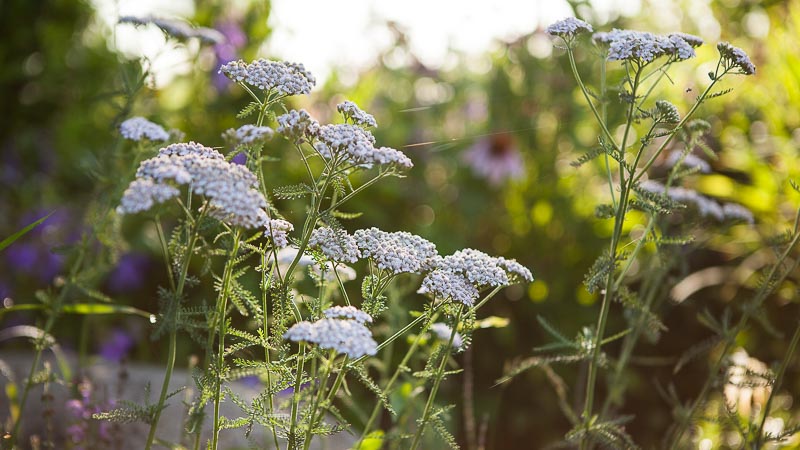

Flowers are the new black — they go with everything — and the advent of the slow flower movement coupled with the revolution in wildlife gardening are leading the trend. Maybe we should call it The Great Flower Revival? We’re reminded not only of the beauty of a singular flower but of the importance of pairing and planning our gardens with the right flowers and plants.
Plant the wrong one(s), for me Sweet William and Red Campion, and you could be weeding it from your garden for years to come. They’re enticing but mistakes have taught me to proceed with caution, which isn’t always easy for someone (like myself) with limited patience.
So how do you know what to grow?
Like me, you’ve probably spent time watching what you’ve planted because you can’t help yourself – you love it. Even if you simply tolerate your garden it’s nearly impossible not to notice when you’re literally in the thick of it. Bees, birds and butterflies moving about you as they work their way from one plant to the next — which flowers they prefer, their quirky habits, and routes they take.
It’s just as easy to see what’s growing well, what’s happy and what’s not.
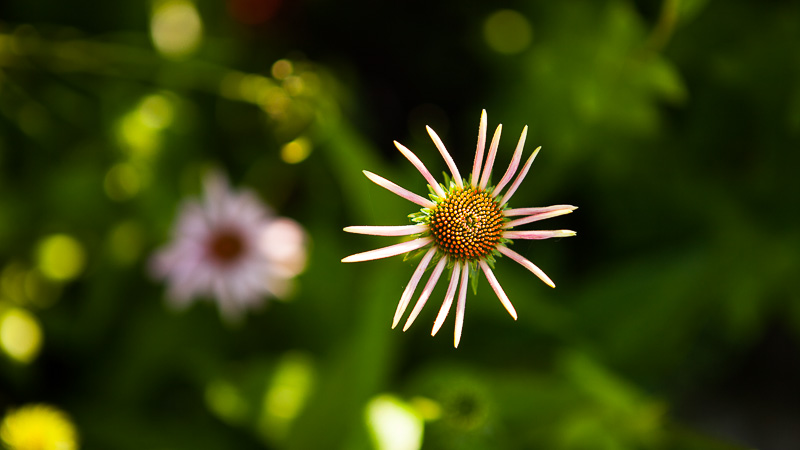
Keeping all of this in mind, you can grow a better garden from one season to the next and, at the same time, optimize what you plant, making it a multi-purpose operation. Create a fabulous space that is a pollinator haven, transforming your kitchen garden, containers, front yard — no problem. Take your observations to the next level with simple planning.
First things first. Consider the following:
Basic Rules of Thumb
1. Form follows function. Ask yourself, who or what are you planting for?
2. Remember the Law of Attraction — you get what you give.
3. Temper your thinking, more is sometimes better, but smart, thoughtful planning and strategic use of space means you can optimize the smallest of gardens.
4. We’re all creatures of habit and plants and animals are no exception.
5. Just like flowers, not all gardens are created equally.
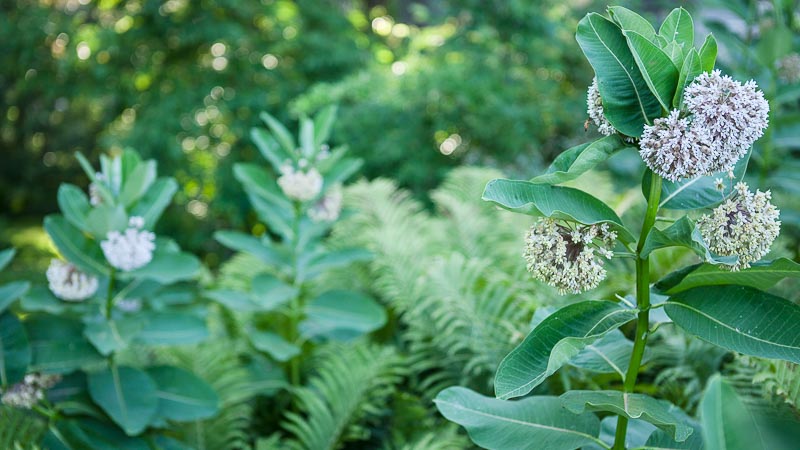
Next, rethink planting design — what to grow and how it’s planted:
Plant Selection
1. Think of the plants you choose as either host or nectar plants, providing a home, food or both to pollinators. Some animals are specific and have only one host plant, such as monarchs and milkweeds, and others are generalists. Look for ways to provide both host and nectar plants. Native plants are an excellent place to start.
2. Plan with diversity in mind. Diversity doesn’t have to equate to quantity but rather a range in inflorescence types that bloom throughout the seasons. Hummingbirds and bees can hover to reach flowers and bees are typically small enough to land on flowers of most shapes. While butterflies need a place to land, requiring a flat, open or rounded head or inflorescence(s) such as Echinacea or Yarrow (shown in lead image).
3. Grow spring, summer and fall blooming flowers. Add them to your kitchen garden, containers or an untended landscape.
4. Include native plants, even if it’s just a handful. Native plants attract native pollinators. They’re often critical host plants to butterflies, important sources of nectar and easy to care for because they’re adapted to local soil and climate. Many native wildflowers and perennials grow where planted and, once established, need little to no care.
5. Add grasses to containers, borders and landscapes. Grasses are essential host plants to many butterflies, skippers in particular.
6. Be wary of hybrids designed to bloom indefinitely from spring to fall. This typically means they’ve been bred to not go to seed, which in turn means they don’t produce nectar.
7. If you’re growing a garden with one particular pollinator in mind, hummingbirds for instance, your job of choosing plants is infinitely easier. But you’ll quickly discover that many of your “hummingbird plants” are also bee and butterfly plants. This is when I find it challenging to plant with only one particular animal in mind. Why not build in plants for everyone?
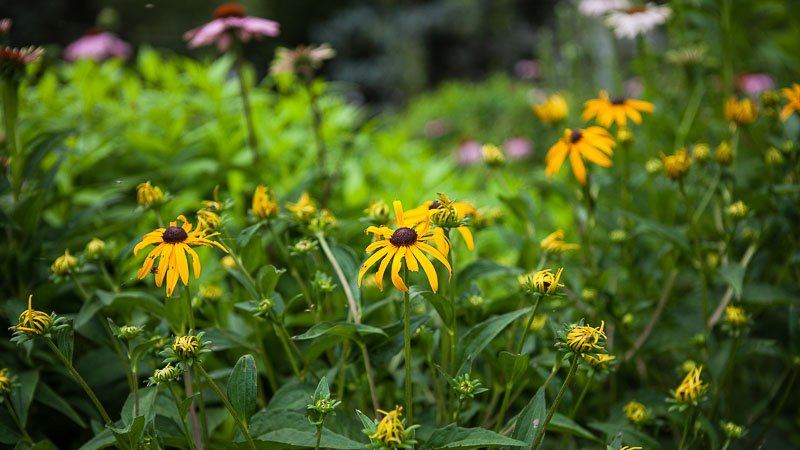
Planting Design
1. The rule of thumb is to plant in block or swaths. To start, think of it as a meter square but of course the swaths you plant don’t have to be rectangular but simply continuous bodies. This approach satisfies aesthetics and pollinator routines.
2. As mentioned, pollinators are creatures of habit. They form circuits, traveling along proven trajectories. Planting in blocks provides an abundance of food in a given location, like a beacon shouting, “Over here, this way!” It also makes for adequate cover. Instead of a lone, solitary home as found with an individual plant, it’s a home with a healthy buffer and room to move (think caterpillar — exposed for all to see or hidden amongst branches and leaves — I’d choose the latter).
3. Garden organically. Avoid using pesticides, herbicides and chemical fertilizers.
4. Create space for burrowing, ground nesting bees and puddling, places for butterflies to drink, by leaving some soil surfaces bare and mulch free. See 8 Tips for Creating a Butterfly Waystation for more ideas: https://passthepistil.com/eight-tips-to-create-a-butterfly-waystation/
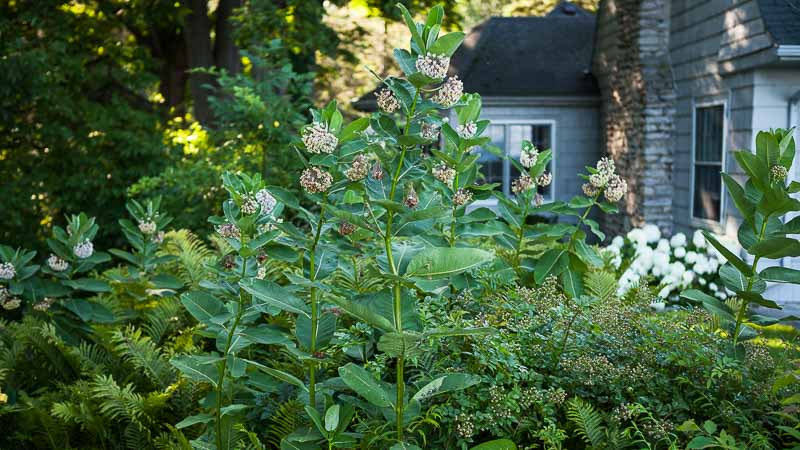
I love that these native, common milkweeds, Asclepias syriaca, are encouraged to grow up and through this bed of ferns. Milkweeds are one of many fabulous plants to choose from. Here are 25 more of an endless list (listed by genus with many species in between):
- Achillea
- Aster
- Helianthus
- Verbena
- Cosmos
- Borage/Borago
- Zinnia
- Lupinus
- Tagetes
- Lantana
- Coreopsis
- Lobelia
- Eutrochium
- Panicum
- Schizachyrium
- Muhlenbergia
- Scrophularia
- Heuchera
- Salvia
- Nepeta
- Origanum
- Monarda
- Aquilegia
- Lonicera
- Phlox
Listen
Buy The Book
Special offers
Newsletter Signup
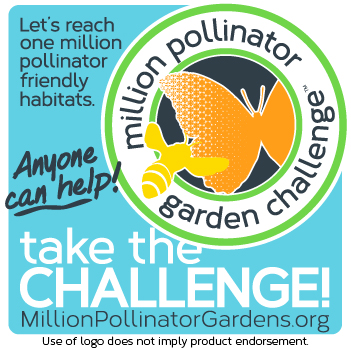
Archives
Disclosure
Pass The Pistil is a participant in the Amazon Services LLC Associates Program and other affiliate programs such as Etsy, affiliate advertising programs designed to provide a means for sites to earn fees by advertising and linking to curated affiliate sites.

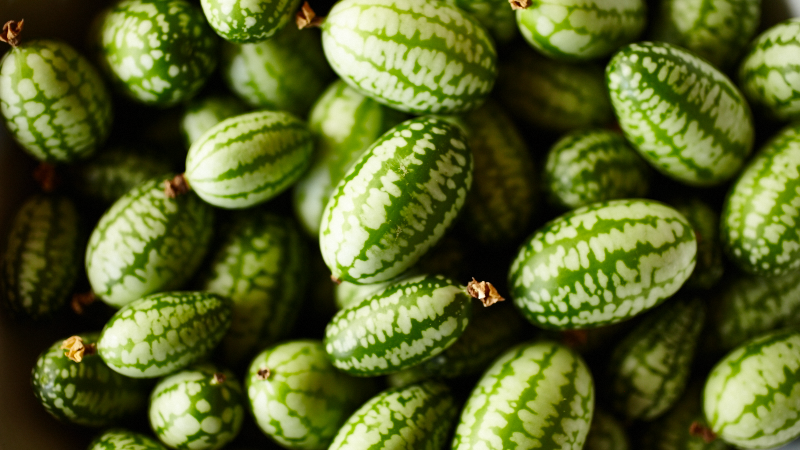
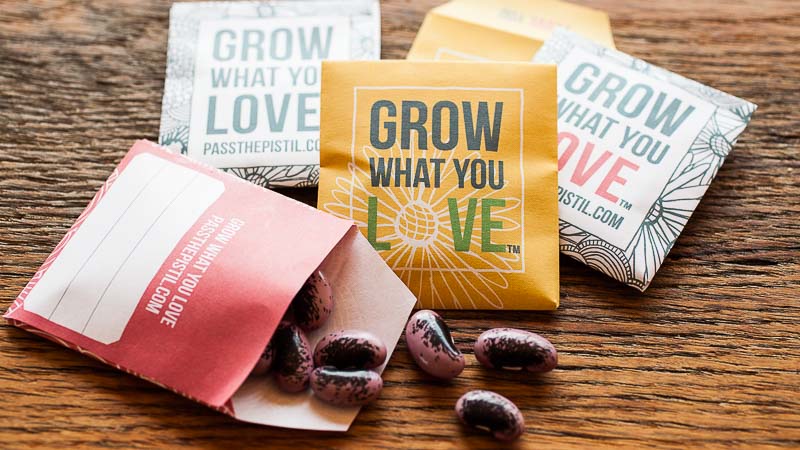
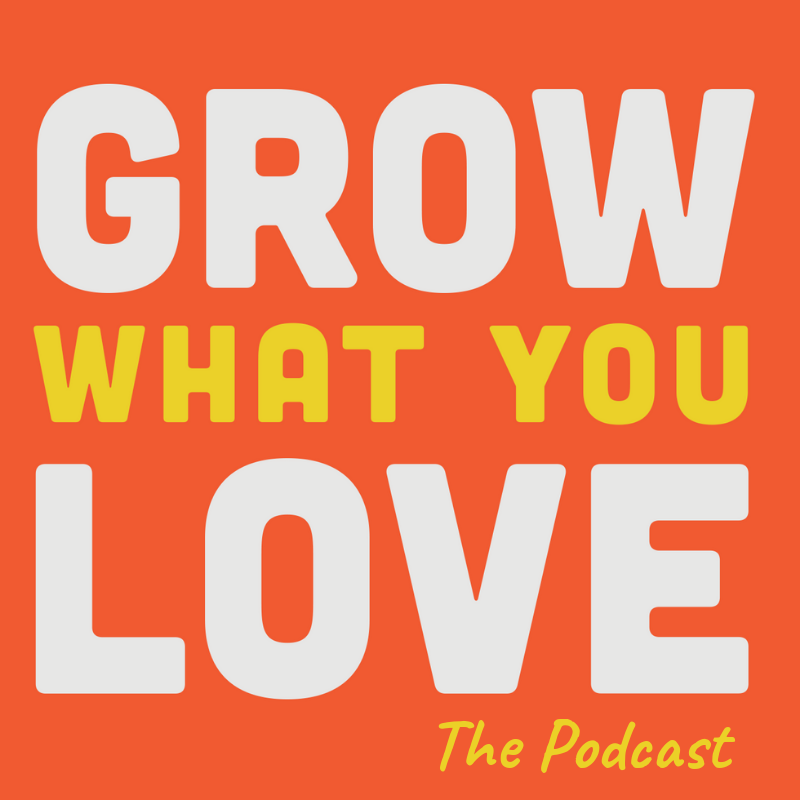





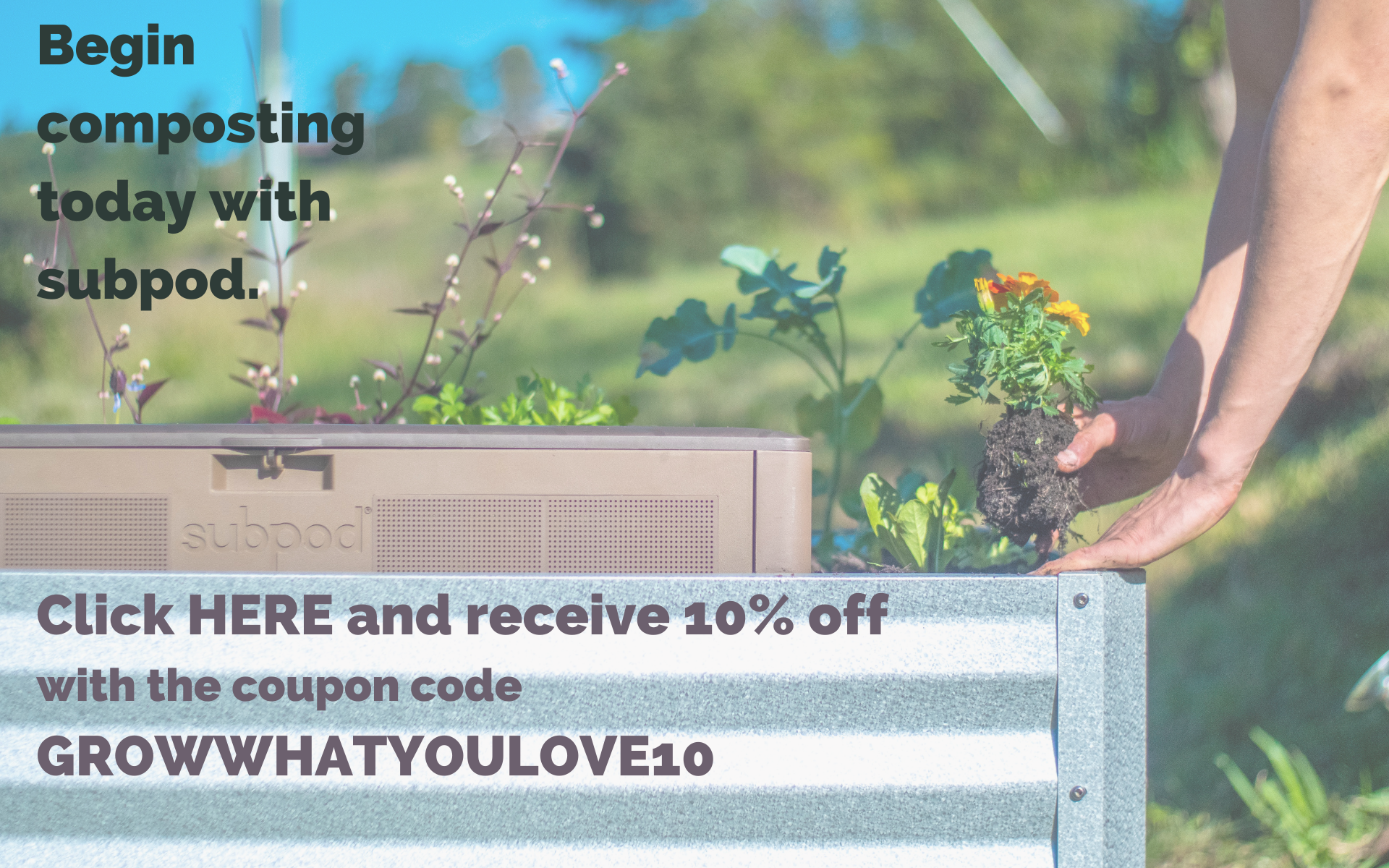
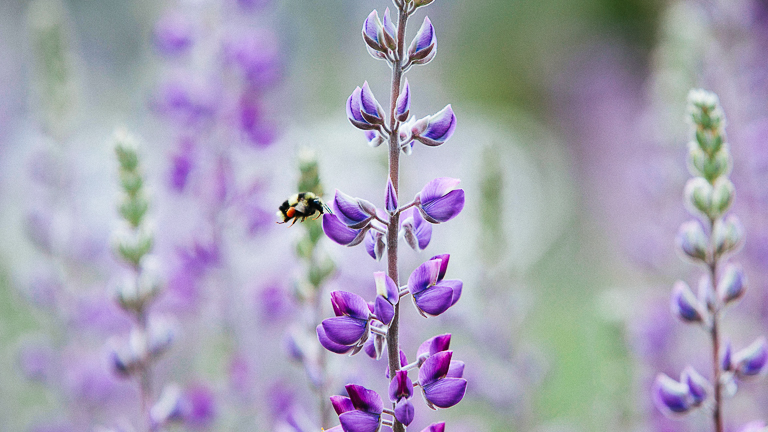
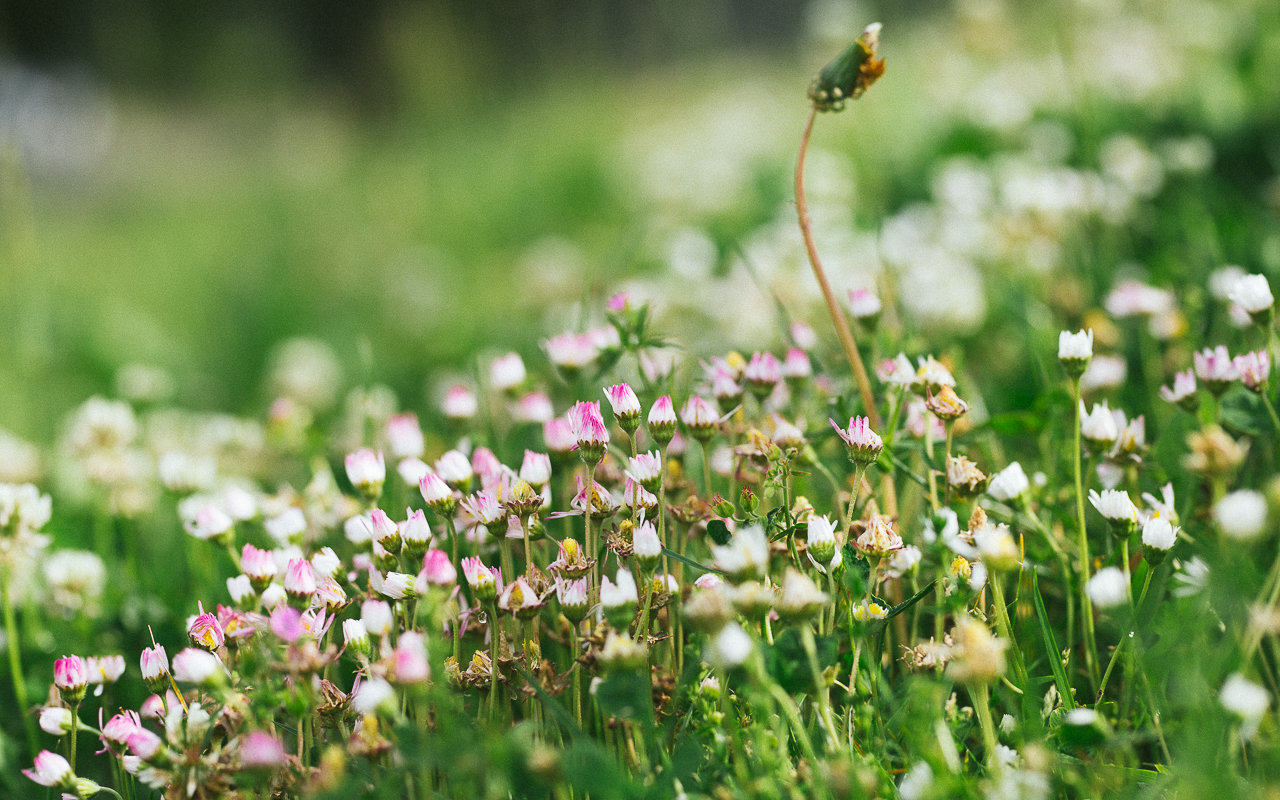
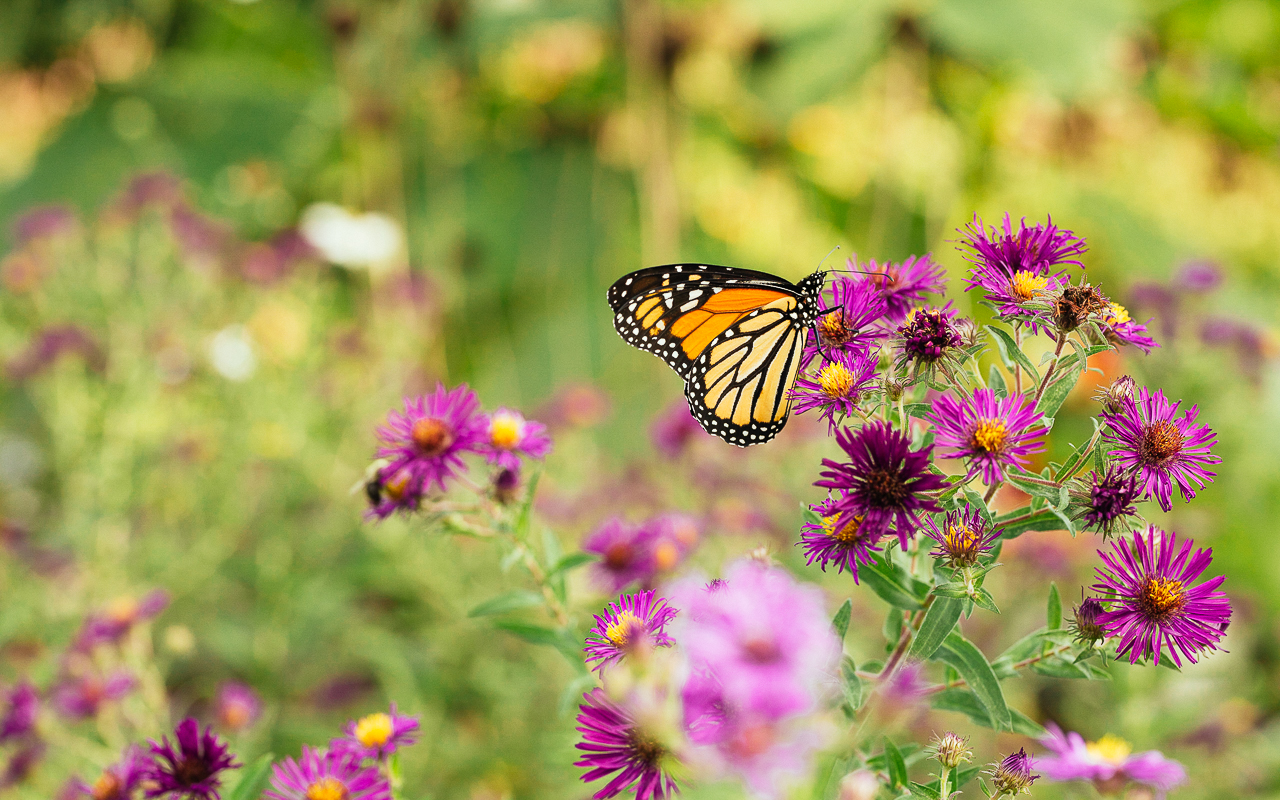

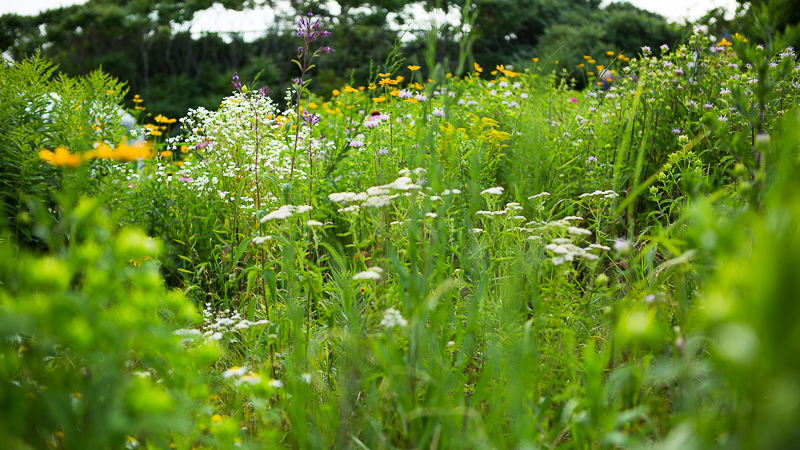
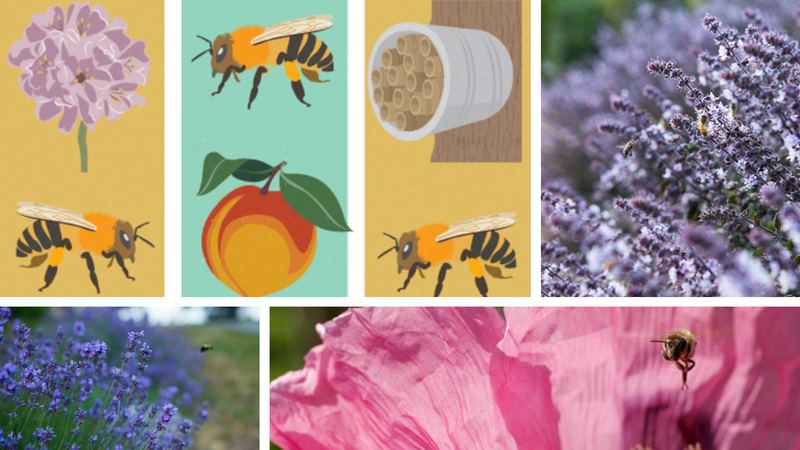
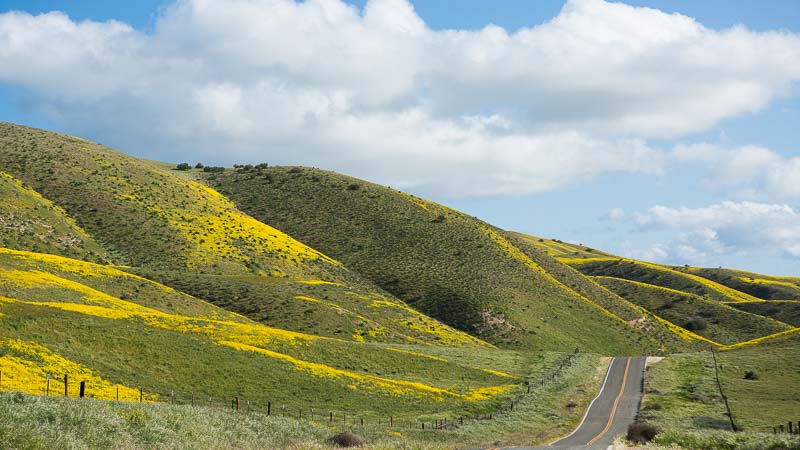
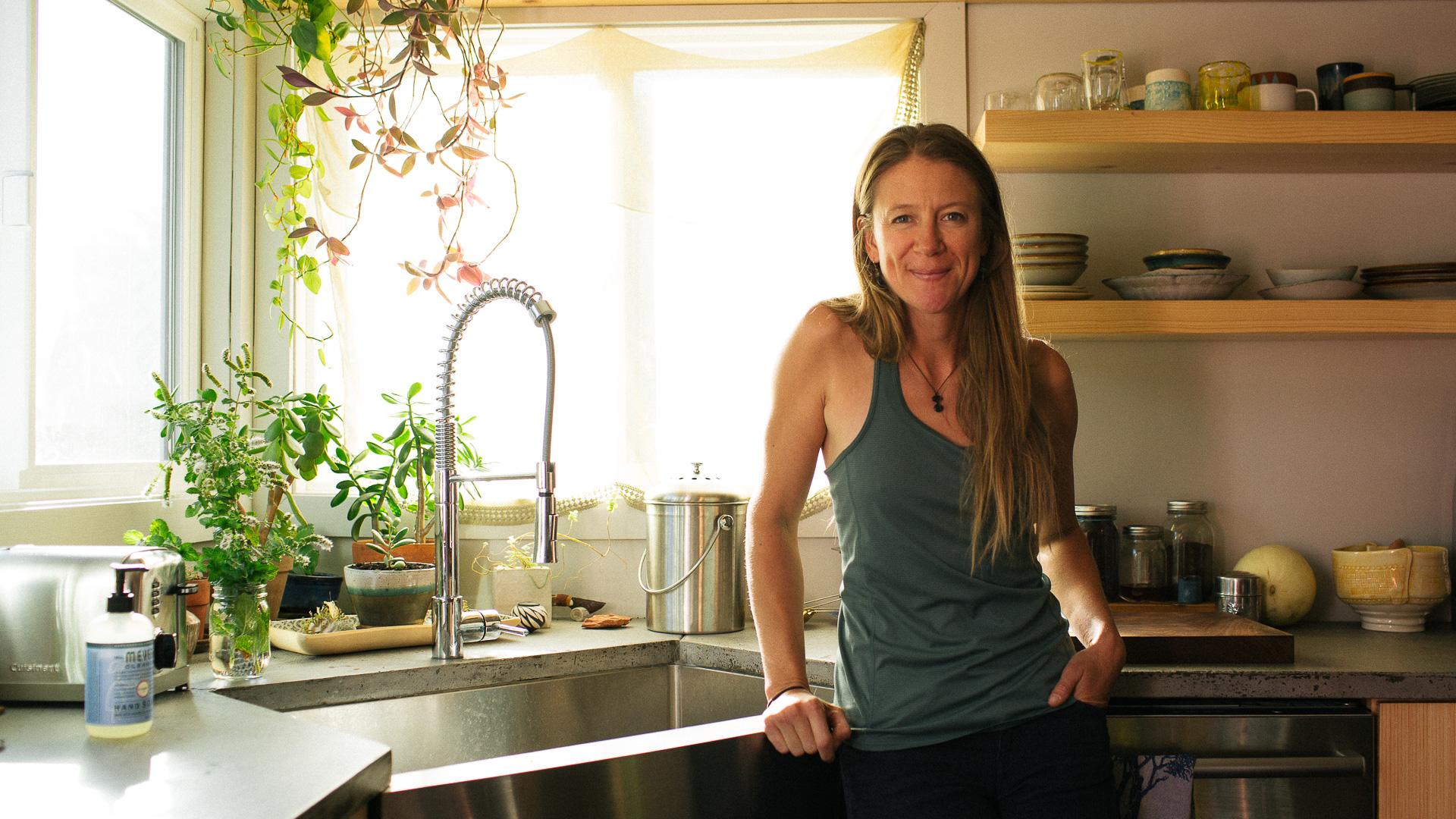
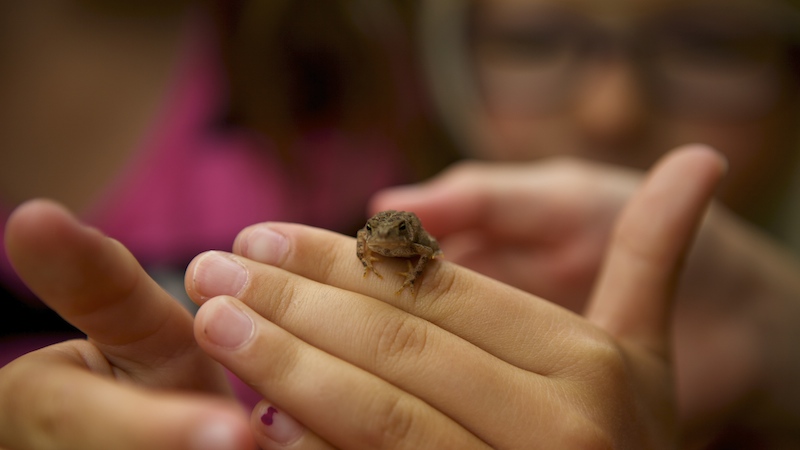
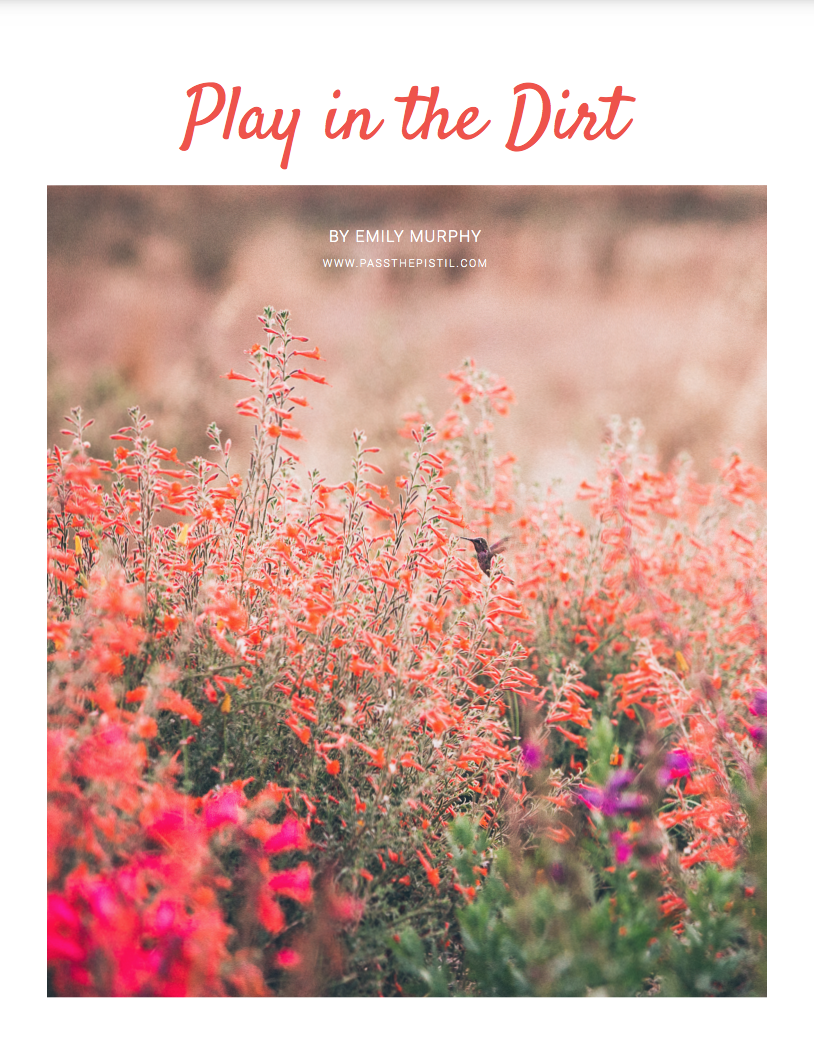

Excellent site! Good, solid advice, written plainly and accompanied with good photographs. And a garden to my taste! Thanks!
Thank you!